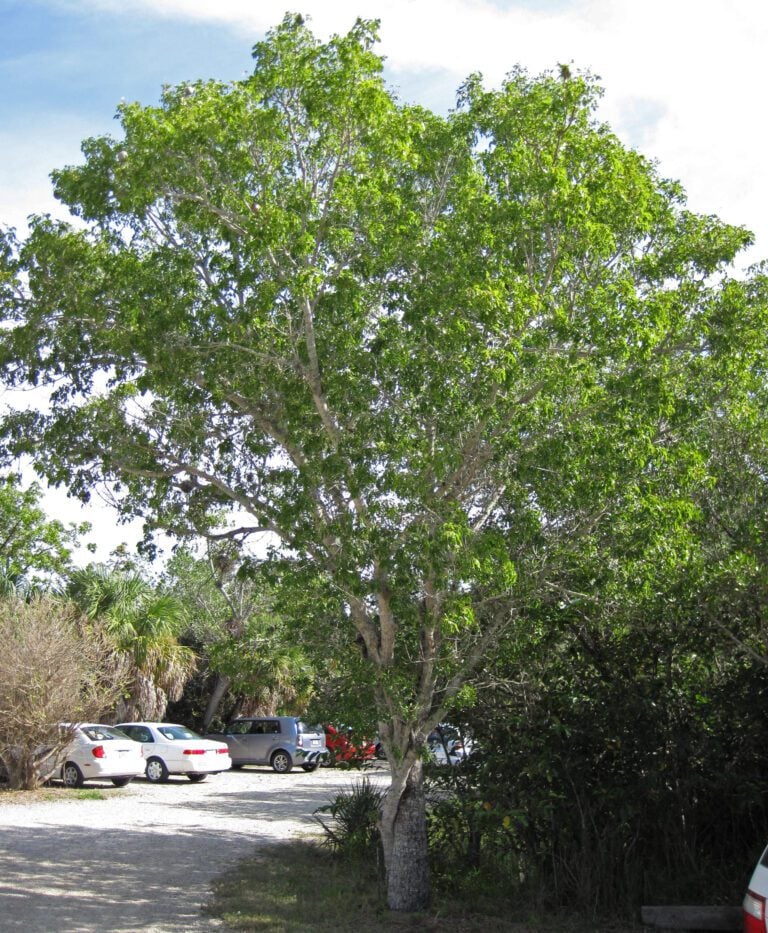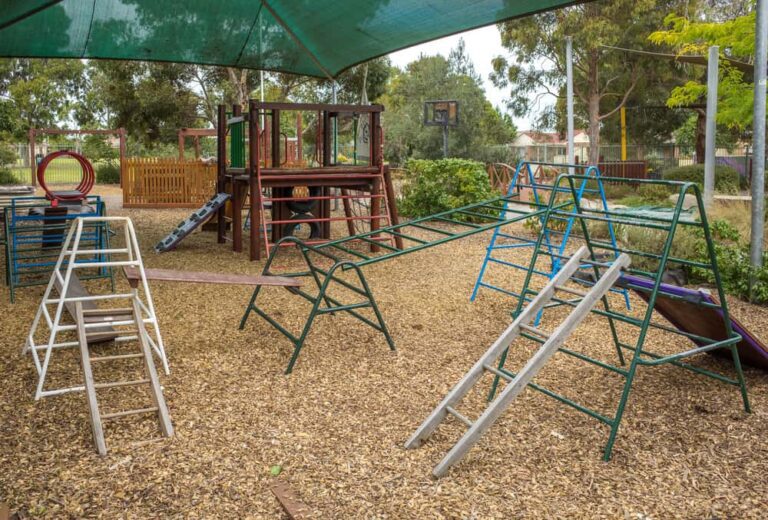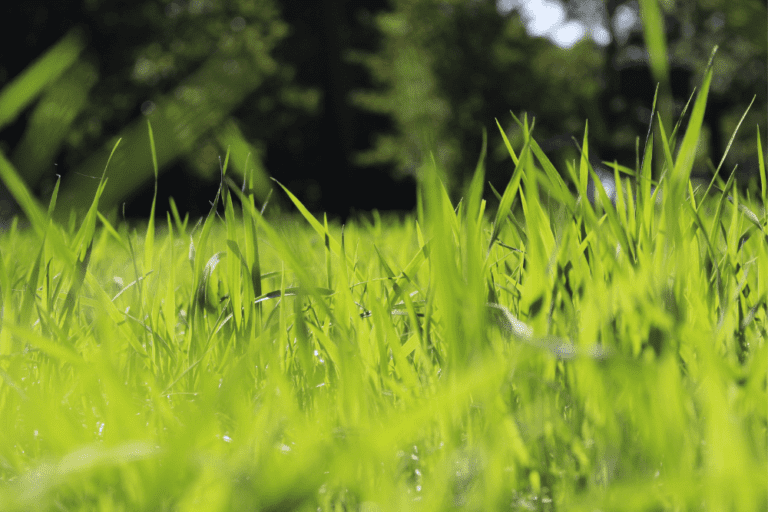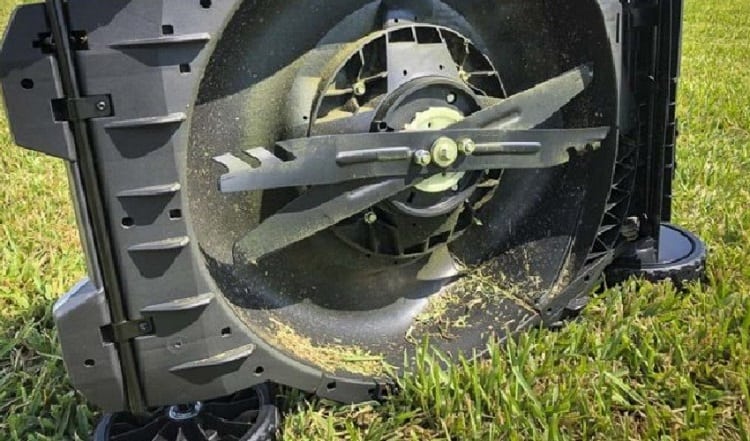5 of the Best Watering Cans for Your Garden
Our recommendation for the best watering can is the Fiskars Easy Pour Black Watering Can has benefits that make it different from other watering cans. It has a dual-handle option that lets you use the most comfortable hand position for various watering tasks. You can adjust the rotating spout it to reach hanging plants or sprinkle delicate container plants indoors. And for outdoor gardening, it’s large enough to water many medium or large sized areas with only one trip to the sink.
The long spout offers a soft, consistent flow, which is perfect for watering flower beds or seedlings. We have a few other excellent choices for watering cans to keep your garden well-hydrated.
Our Picks for the Best Watering Can
- Union Products Watering Can
- Galvanized Watering Can
- Fiskars Easy Pour Black Watering Can
- Bosmere Long Reach Watering Can
- Steel Mouse Watering Can
What You Need to Know About Watering Cans
When choosing a watering can, you need to know how the parts of the traditional watering can, including the spouts and roses, help deliver water to your garden.
A plastic watering can with a long (preferably curved) spout gives you a lighter, straightforward reach for hanging plants in planters. For fuller coverage and ease of use, choose watering cans with a spout on a higher plane than the bucket.
The watering rose, located at the end of the spout, has perforations so you can gently sprinkle water on young or fragile flowers. If you’ve only used recyclable cups, pails, appliances (or whatever’s handy) to water plants, and aren’t familiar with this watering can part, here’s a labeled picture of a watering can to point out how to recognize the rose. (source)
Most quality watering cans have rounded handles, which make them more comfortable to carry, especially if you make a lot of trips from sink to garden and back. Some cans have a top handle for carrying and a back handle for lifting and pouring or a single loop designed for the same purpose.
Many watering cans have measurement marks, which can help the gardener keep track of what’s gone in (and poured out) of your can. When you’re busy in the garden, you sometimes don’t have time to accurately judge how many liters of water you need to pour from your can without measuring marks to guide you.
Quick Tips for Getting the Most out of Your Watering Can
- The best watering cans are shaped to prevent spillage. The bucket design should ensure the contents won’t drip out of it, even at extreme angles.
- Before watering plants, let the water in your can warm up to room temperature. Tap water is a little too cool; most plants respond better to warm water.
- Use short-spouted watering cans on grown plants and for general gardening tasks. A long-spouted watering can is better for reaching hidden areas or plants way back in the last row of your garden by the wall.
- When spraying young or fragile plants, aim the spray head upwards and correctly angle the can. If you’re watering a large area, the spray head should point to the ground. Purchase a watering can with a replaceable spray head f you plan to use mist or spray often.
- For spot watering and pouring liquid fertilizer, you’ll get good results with an old-fashioned steel watering can.
Learn more about watering cans and how to choose and use the right ones for your garden from John in this video from the Learn Organic Gardening at GrowingYourGreens YouTube Channel.
Types of Watering Cans
- Plastic watering cans are inexpensive and colorful, and many are shaped or molded like elephants or other animals. Animal-shaped watering cans make gardening fun for children, and add a festive air to any room. Plastic watering cans fit in with indoor decor and won’t scratch tables or woodwork. Although we often think of plastic watering cans as flimsy and only suitable for indoor use, many cans consist of durable but lightweight material that can be last for if properly used and stored.
- Galvanized steel watering cans have a classic “Old World” look and give a decorative look to any room or garage shelf. These watering cans are sturdy, long-lasting, and won’t rust even if left out in the rain. If galvanized steel comes in contact with alkaline soil, though, it will rust. Choose a galvanized steel watering can for covering large flowerbeds and herbal gardens when you need to irrigate many plants.
- Tin, brass or copper watering cans come in all sizes. Smaller cans may be painted or shaped like animals, and they have the same decorative charm as smaller plastic watering vessels.
- You can use small watering cans made of metal for indoor watering or small outdoor gardens. Use larger cans outdoors in the garden. Metal watering cans are better than plastic cans for distributing soluble fertilizer and generally last longer. Unpainted metal cans can safely be stored outdoors, and withstand heavy winds and bad weather, unlike plastic watering cans.
Tips for the Care and Storage of Watering Cans
Drain watering cans when not in use. Bring metal cans indoors during the winter months, or at least drain all water from them. If water in a metal can freezes, it can damage the bottom of the vessel.
Plastic cans should be stored in a garage or indoors, away from the sun’s UV rays. Clean the inside of plastic watering cans with a gentle bottle brush, baking soda, and warm water.
If your watering can is full, but nothing comes out of the perforated holes in the rose at the end of the spout, take it off the spout and clean I off with a cloth and warm water.
Our Recommendation for Best Watering Can: Fiskars Easy Pour Black Watering Can
One of the few non-metal watering cans versatile enough for indoor and outdoor use, the Fiskars Easy Pour Black Watering Can offers a sturdy resin construction that gives it an advantage over soft plastic watering cans. The perforated rose allows an easy sprinkle or consistent stream, depending on the plants you need to water.
This Easy-Pour can feel a lot lighter than metal cans that carry the same weight. It has a medium-sized filling hole, which prevents water from sloshing around when carrying the can or dispensing its contents. This 2.6 gallon can provides two handles to help you carry the full load with a secure grip. The filling hole won’t interfere with your ability to balance and carry the watering can, as the hole is situated on the side near the handle.
You’ll need to align the spout with the neck of the watering can to get the fine spray function to work. To do this, push the notch on the internal yellow valve to seal. If the seal is loose, you won’t be able to use a fine spray mist.
If you do a lot of watering, this durable resin watering can is easier to carry back and forth than a metal can. As long as you align the spout with the neck, you shouldn’t have any difficulty using this can.




